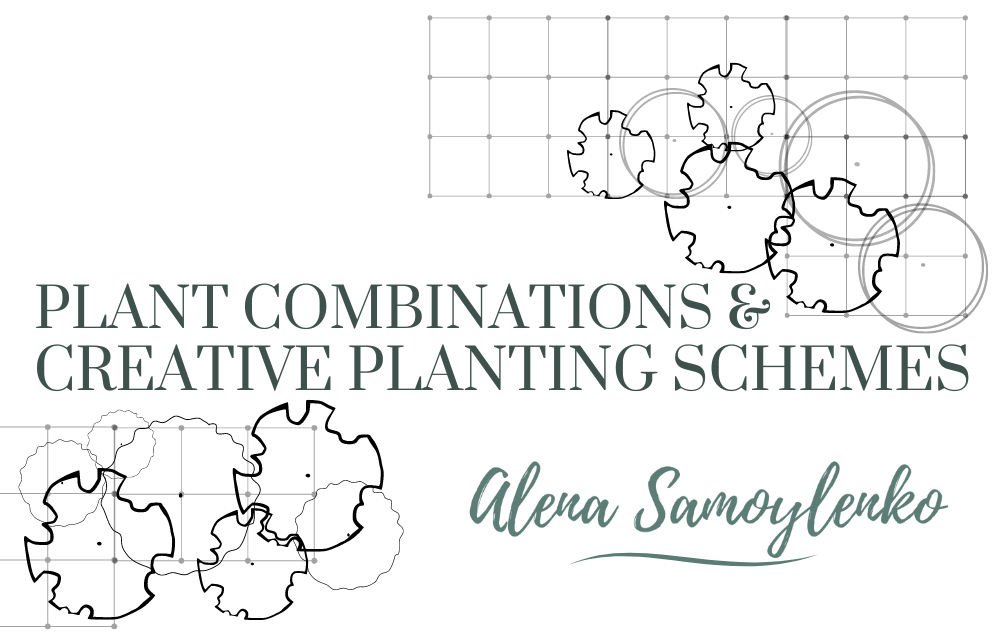Welcome to part 2 of our series on drought-tolerant plants for water-wise gardening. Our previous post explored the top 3 drought-tolerant trees perfect for small gardens. Today, we’re venturing into the world of shrubs. Shrubs are crucial in garden composition, creating a vibrant middle layer that brings balance and beauty to your outdoor space.
In this post, I’m excited to introduce you to three exceptional drought-tolerant shrubs that enhance your garden’s aesthetics and offer many benefits. From attracting pollinators to providing ingredients for your kitchen creations, these shrubs are versatile and sustainable additions to your garden. Join us as we delve into the world of these remarkable plants that thrive in water-wise landscapes.
Elaeagnus multiflora (Cherry Silverberry)

Why it’s a favorite:
- Aesthetic Appeal: This shrub boasts attractive foliage that enhances your garden’s visual charm throughout the seasons.
- Drought Tolerance: Established Cherry Silverberry plants exhibit remarkable drought tolerance, making them dependable for water-wise gardening. They can thrive in a variety of soils.
- Hardiness and Disease Resistance: The Cherry Silverberry is hardy (USDA Zones 4-9 ) and resistant to diseases, ensuring its long-lasting presence in your garden.
- Pollinator Attraction: In spring, the shrub bursts into a profusion of pleasantly fragrant flowers. While these blooms may not be extravagantly showy, they are loved by bees and other pollinators.
- Edible Delights: The standout feature of Cherry Silverberry is its edible fruits. These small, one-seeded, berry-like fruits ripen to a vivid red in summer. Although they may initially taste somewhat astringent, fully ripened fruits offer a delightful combination of juiciness, sweetness, and tartness. You can savor them fresh from the shrub or incorporate them into various culinary creations such as pies and preserves.
- Self-Fertile and Nitrogen-Fixing: Cherry Silverberry is self-fertile, meaning that planting just one shrub is sufficient to yield a harvest. Furthermore, it enjoys a beneficial relationship with nitrogen-fixing bacteria. This partnership provides the shrub with essential nitrogen, benefiting neighboring plants. Consider planting Elaeagnus multiflora under a fruit tree to share this valuable nitrogen source.
Ribes aureum (Golden Currant)

Why it’s exceptional:
- Pollinator Attraction: Named for its long racemes of deep yellow flowers that bloom from April to July, Golden Currant provides an aesthetic delight in your garden. These fragrant flowers serve as a nectar source for hummingbirds, butterflies, and bees, supporting pollinators in your area.
- Edible Delights: While primarily grown as an ornamental shrub, don’t overlook the edible treasure it offers. The fruit can be consumed raw from the shrub or transformed into juices, jams, jellies, tarts, or pies.
- It is crucial in wildlife support, as birds and rodents relish its fruit.
- Highly adaptable, Golden Currant can thrive in both wet and very dry soils, making it a versatile and hardy addition to your garden. USDA Zones 4-8.
Aronia melanocarpa (Chokeberry)

What sets it apart:
- Chokeberry is a versatile and low-maintenance shrub that thrives in USDA Zones 3-8. It provides a wealth of benefits and interest throughout the year. In spring, it blooms with white flowers, preceding the arrival of clusters of black berries in summer. The fall foliage is nothing short of outstanding, adding a final burst of color to your garden.
- These berries are considered a superfood, as they’re rich in vitamin C and rank among the richest sources of plant antioxidants and flavonoids. While the berries are highly astringent, they can be utilized by freezing and then adding them to smoothies. Be sure to share some with the birds and leave some berries on the bus; local wildlife will appreciate the gesture during winter.
This shrub is likely to be browsed by deer and rabbits. In areas where deer or rabbits are common, newly planted shrubs can be surrounded with a protective fence or netting until the branches are more developed.
If you want more examples of ready-to-use groups of drought-tolerant plants ideally suitable for your gravel garden, check my Workbook ‘How to Create a Gravel Garden: Plan & Design a Sustainable and Low-Maintenance Gravel Garden.’ Available for download here.






Leave a Reply